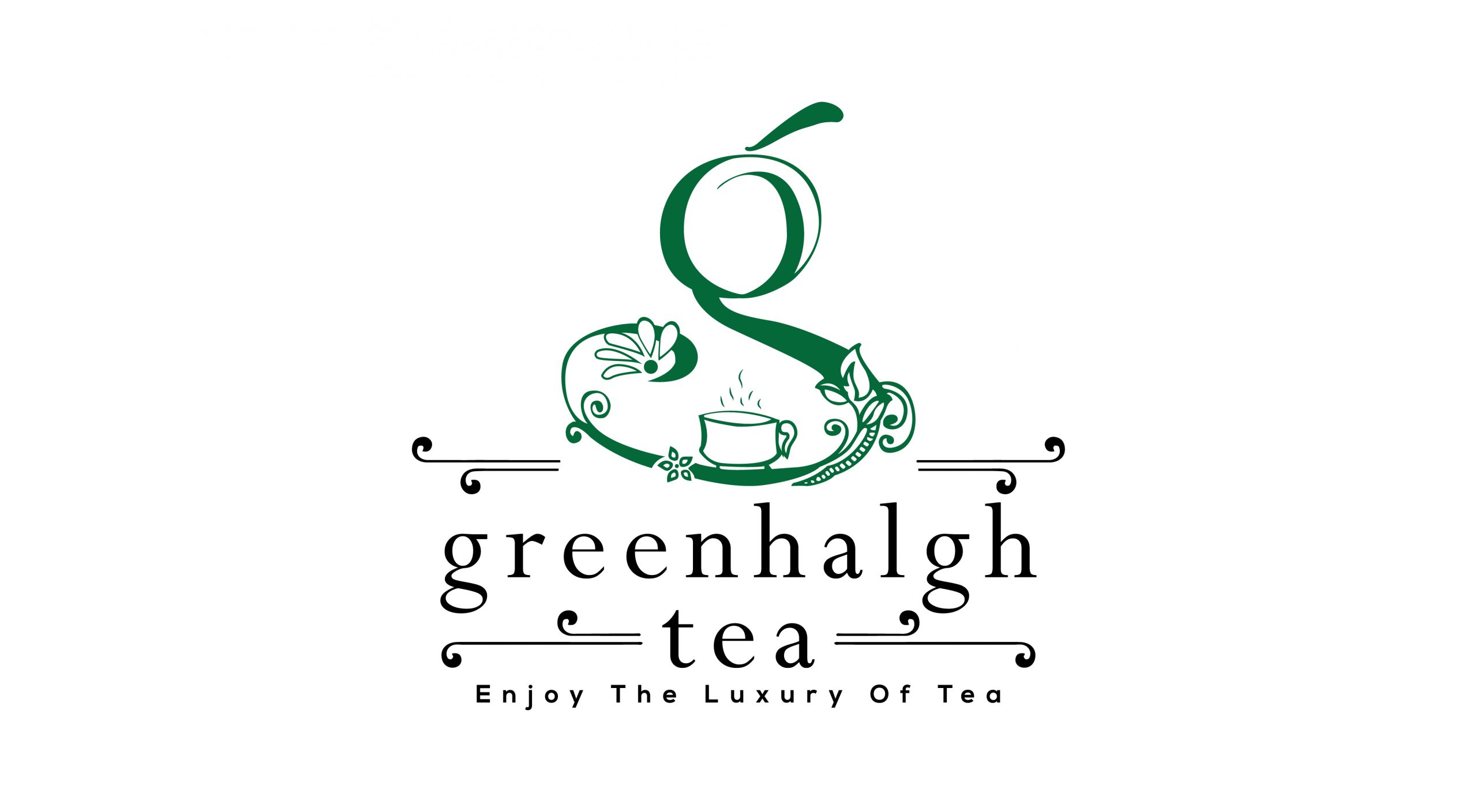My husband knows how much I love cooking with tea. Not only am I always experimenting with adding different teas to my culinary creations, I teach classes on cooking and baking with tea as an ingredient. So naturally, when the Philadelphia Inquirer published an article on “Cocktails for a Quarantine” (3/25/2020) that included a tea simple syrup, he immediately brought it to my attention.
Simple syrups are just that: simple. The basic recipe is equal parts sugar and water, bring to a boil, set the timer for 2 minutes and then take off the heat. Keep in the fridge after it cools down. I keep a collection of empty jam jars just for this use. Simple syrups have many uses. Use to sweeten iced tea to avoid the settlement of sugar crystals at the bottom of the glass. Many bakers (professional and home) brush the tops of layer cakes before frosting to keep the cake moist. Bartenders sweeten cocktails with simple syrups.
The fun of simple syrups is the flavors you can add. Once the syrup comes off the heat, add a handful of mint, lemon slices, fruits, herbs, or tea. Steep for up to 5 minutes for the tea and more to taste for any other ingredient. Strain well. Now you have mint simple syrup for Mojitos, Mint Juleps and iced tea. Lemon for brushing over teacakes. Tea for cakes and cocktails.
What caught my attention in this article is how the tea was used. The author used steeped tea instead of water to make the syrup. I have always added a couple of tablespoons of tea to the hot syrup. Steeped no more than 5 minutes and then strained very well.
Could the author’s way be better? Sounded as if it might be easier. But wouldn’t the tea get bitter as it was being boiled? I had time, so I experimented.
I used 2 tablespoons of Earl Grey Tea to one cup water and one cup sugar for both syrups. Syrup No. 1 was steeped tea (steeped for 5 minutes) and Syrup No. 2 was tea leaves steeped in hot syrup for 5 minutes and strained.
The first thing I noticed was that the syrups looked exactly the same, same depth of color. The difference was in the taste test. Syrup No. 1 was more floral and lighter in taste. And it wasn’t bitter as I thought it might be. Syrup No. 2 had a deep, Earl Grey tea taste. I also performed a blind tasting with my husband and his response was immediate: the second syrup was best!
Experiment with your favorite flavors. For some ideas, check out these recipes: Himalayan Gimlet, Earl Grey Cocktail, and Poached Pears in White Cloud Jasmine Tea Syrup.






Leave a Comment